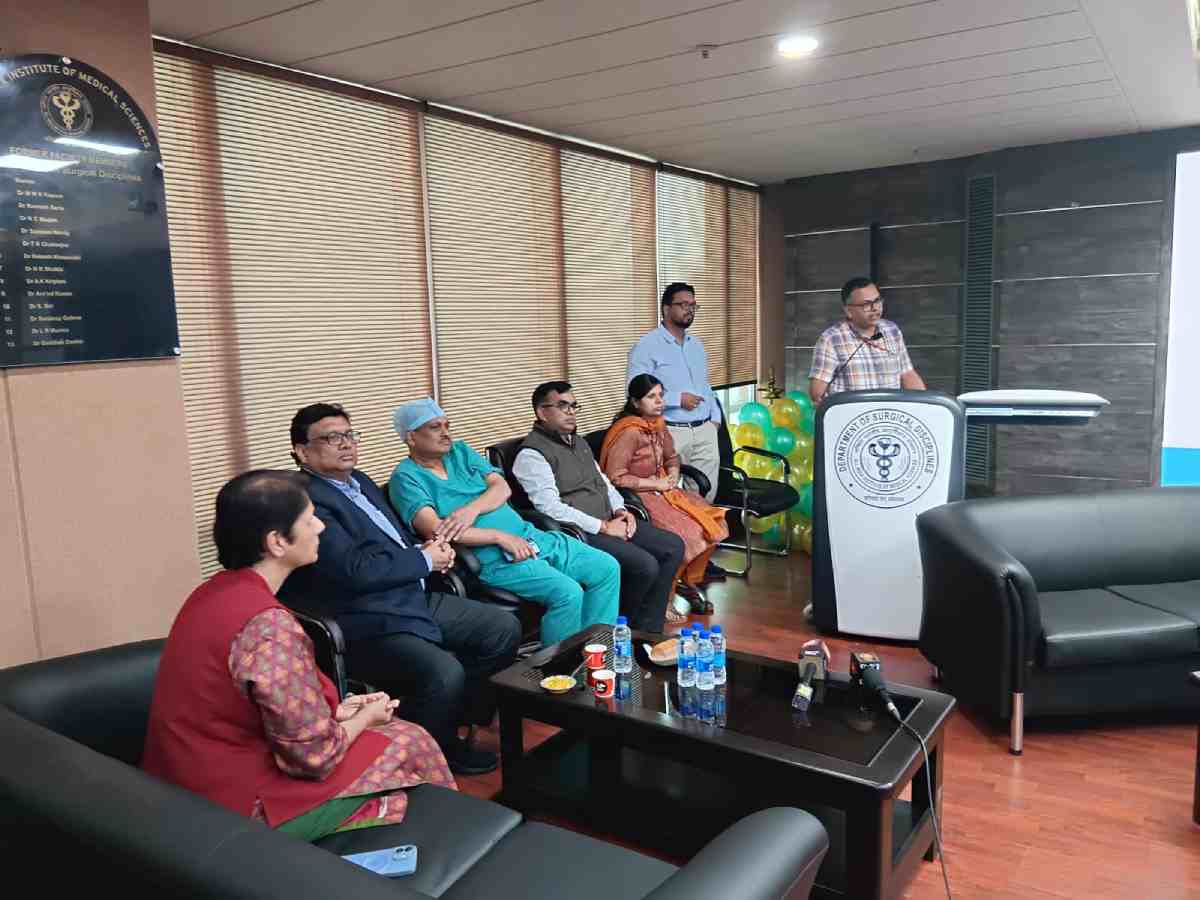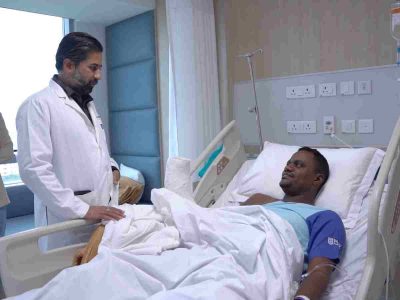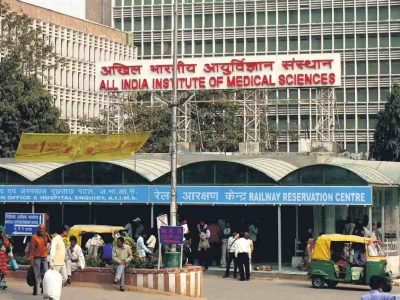Delhi: A 17-year-old boy is now able to lead a normal life following a successful surgery by doctors at All India Institute Of Medical Sciences Delhi (AIIMS), in which two extra lower limbs hanging from his abdomen were removed.
According to the doctors, this procedure was conducted for the first time at the premier hospital on a patient above 15 years of age.
Speaking to Patriot, Dr Asuri Krishna, additional professor in the department of surgery, said, “Conjoined twins are very rare, occurring in about 1 in 50,000 to 100,000 births. Sometimes, one twin doesn’t fully develop, leading to what’s called an asymmetrical or parasitic twin. In these cases, one twin (the ‘autosite’) is more developed, while the other (the ‘parasite’) depends on the autosite for survival.”
“These cases are extremely rare and can vary widely in how they appear. To date, only 40 such cases have been reported in world medical literature,” said the doctor.
Also read: Delhi bars flout alcohol rules, underage drinking persists despite strict guidelines
Doctors said that the patient faced social boycott as he had to drop out of school due to the extra limbs. He became isolated from society, and other students at school made fun of him. Since birth, he had been carrying these extra parts.
Notably, out of a total of six litres of blood in the body, 40% of the blood flow was used by these limbs, said Dr VK Bansal, who led the surgery, underlining that these extra parts were not attached to any internal organ of the patient.
The doctors informed that a 17-year-old boy came to their clinic in the last week of January with a rare congenital condition—a fully developed parasitic lower limb attached to his abdomen. This limb, which had grown with him since birth, belonged to his underdeveloped twin and included underdeveloped male genitalia.
“Surprisingly, the boy could feel touch, pain, and temperature in the limb. While he occasionally experienced a dull ache in his abdomen and flank, he had no major health issues and maintained normal bowel and bladder function.”
However, the doctors said that the patient’s condition had caused significant social challenges throughout his life. He faced isolation and misunderstanding, leading him to drop out of school in the 8th grade.
When asked about consultations with local doctors, the patient’s parents said they had consulted several medical professionals but were told that removing these extra parts could put the patient’s life at risk due to their shared blood supply.
“After a relative suggested seeking help at AIIMS, the boy was admitted immediately. A multidisciplinary team, including general surgeons, radiologists, plastic surgeons, and anesthesiologists, evaluated his case. A CT angiography revealed that the parasitic limb was supplied by a branch of the internal mammary artery, typically responsible for supplying the chest wall,” they said.
Additionally, according to the doctors, a large cystic mass was discovered in his abdomen. Following thorough preparation, the surgery was scheduled for February 8, 2025.
Doctors said the procedure was complex and carried out in two main stages. First, they removed the parasitic limb by making a circular incision at its base, carefully tying off blood vessels, and separating the bony attachment. The underdeveloped testes of the parasitic twin were also excised. In the second stage, surgeons removed a cystic mass from the abdomen through a midline incision. The mass, which was attached to the abdominal wall, bowel, and liver, was meticulously dissected and excised. During this phase, they discovered that the patient’s bladder extended unusually high, reaching up to the belly button, which required careful management. The surgery lasted for more than two hours, they added.
Dr Manish Singhal, from the Department of Plastic Surgery, informed that additional organs were needed during the surgery, including extra skin from a skin bank.
Also read: Delhi Police arrests man for Rs 1 crore investment scam
Dr Singhal also claimed that the patient’s life expectancy had significantly increased following the surgery and that he would be able to lead a normal life.
Doctors said the patient recovered well, starting to eat on the first day after surgery, with his drain removed by the third day. His vital signs remained stable, allowing for discharge on the fourth day. After living with the condition for 17 years, the boy and his family were overjoyed. Initially, he struggled to believe the limb and mass were gone, still feeling their presence. His family, overwhelmed with emotion, expressed gratitude, saying he could finally lead a normal life. Doctors described the surgery as a major milestone in his journey toward better health and a fulfilling life.





